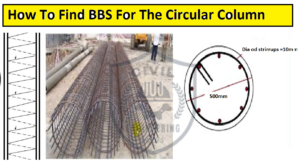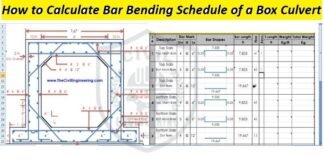Difference Between Bricks And Stone Masonry |Principles Of Stone Masonry
Stone masonry is stronger and more durable than brick masonry. The crushing strength of the stone is greater than that of bricks. All stones used in construction must be strong, hard, and flawless. Difference Between Bricks And Stone Masonry |Principles Of Stone Masonry
Difference Between Bricks And Stone Masonry
-
Best Suitable Concrete Design For Slab Beam Column And Roof
-
How To Calculate The Block Quantity In Wall
1. Stone masonry is stronger and more durable than brick masonry. It also has high resistance to weather effects.
2. The crushing strength of the stone is greater than that of bricks. That is why stone is considered suitable for heavy constructions such as dams, ports
3. The water resistance of stone masonry is higher than that of brick and bridges masonry.
4. The physical beauty of stone masonry is durable. It does not require further surface finishing. While brick masonry needs to be plastered and painted.
5. Stone masonry is cheaper only in mountainous areas. In the plains, bricks are cheaper than stone.
6. Heavy rocks are difficult to transport. Which bricks can be lifted easily
7. Brick masonry is done faster than stone masonry. Because the stone has to be cut before it can be used and it weighs more.
8. Brick masonry has higher fire resistance than stone masonry.
9. Stone masonry requires more skilled craftsmen than brick masonry requires machinery.
10 First-class bricks have all the best mostly the bricks masonry is recommended.

Principles Of Stone Masonry
-
Important Principles For Design The Column
-
Calculate The Estimate of Wall Plaster
- Calculate Load And Design Calculation For Column Beam Wall And Slab

The following principles are observed in stone masonry
1. All stones used in construction must be strong, hard, and flawless.
2. Of the common building stones, stones as long as the thickness of the wall should be chosen first.
3. All stones selected for cement or lime mortar should be pre-wetted so that they do not absorb the moisture of the mortar.
4. All stones should be carefully cut before use.
5. In any construction structure. the stones should be laid on their side(bed) so that the weight-bearing capacity is not reduced.
6. Stones should also be joined together like bricks vertical joints do not fit into two adjacent layers.
7. Proposed stones that are equal to the thickness of the wall must be laid in such a way that there at least once per square meter. So that the wall remains strong.
8. Their vertical position in the vertical walls should be monitored.
-
What Is The Renovation And Renovation Of The Buildings
-
Calculate The Volume of Sand Aggregates In the Dipper Truck
9. Each joint on the outer surface should be filled with Rich Mortar to a depth of at least 2.5 cm.
10 The wall height should be increased evenly along the entire length and suitable teeth should be left for the walls to be attached later.
11. Scaffolding should be used separately during construction and holes should be drilled in the wall.
12 Work should be continued by installing iron, stone, and concrete used in construction at their respective places in masonry protected from rain.
13 Stone slabs must be placed under each girder or beam.
14. Masonry completed with cement or lime mortar should be covered and
15 The center of the wall should be filled with gravel and mortar so that no gaps remain.
16. The layer of mortar should not be more than 2.5 cm thick,
17. After completing one layer, it should be soaked in water and laying
18. All surfaces prepared from cement or lime mortar should be maintained wet during construction and thereafter until the cement P solid. This period is at least ten days. mortar for another layer.
Related Post
-
Why Provide The Bent Up Bar In The Column Beam And Slab
-
How To Repair The Plaster And Floor-Damaged surface
-
Purpose of Providing The Chair Bar And Calculate The Cutting length
-
Uses of the Leveling and Principles of Differential Leveling
-
Base Station Installation on SPS855 and TSC3 Controller Configuration












[…] Difference Between Bricks And Stone Masonry |Principles Of Stone Masonry […]